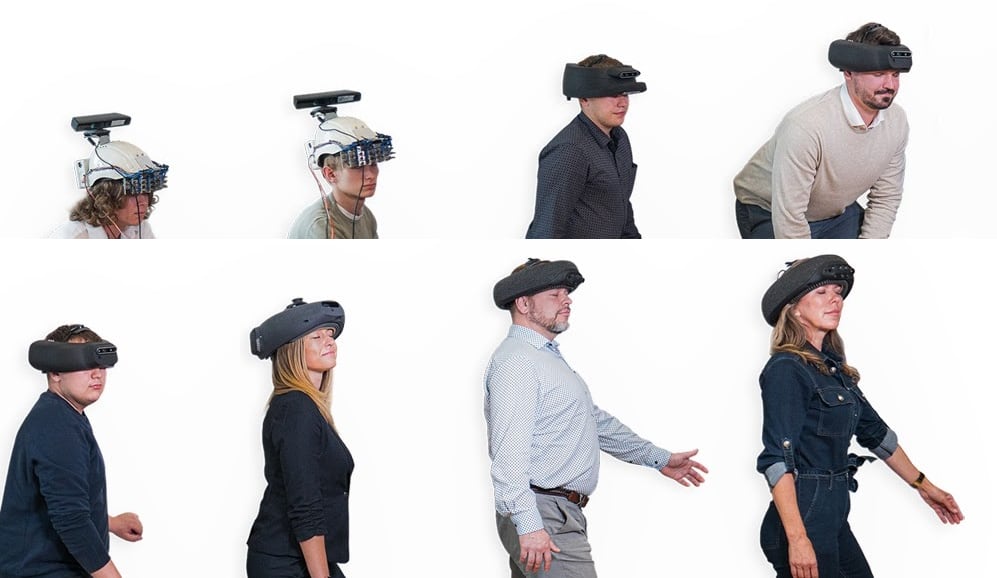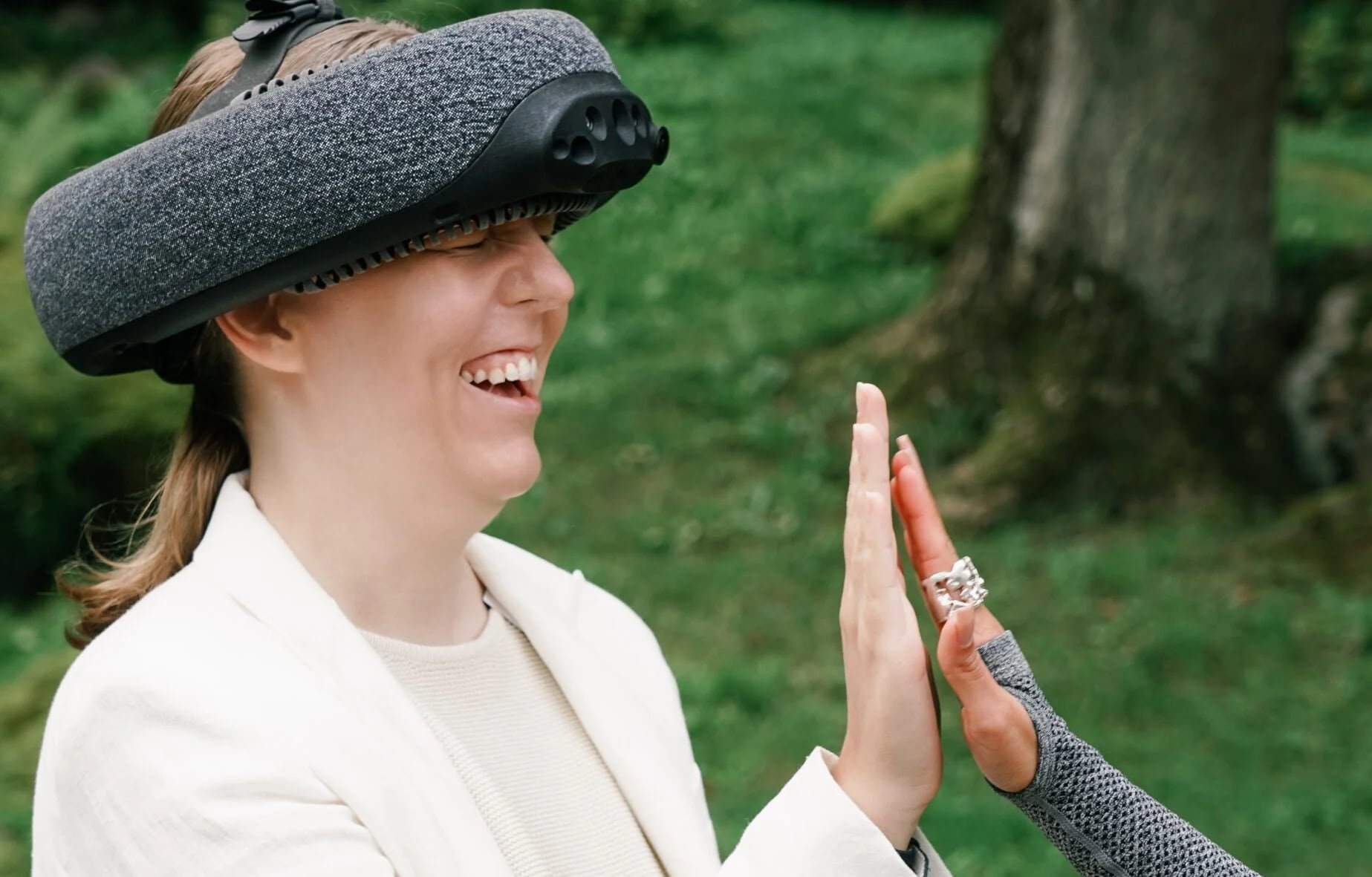7Sense SuperBrain 1: the world's first device to help the blind "see" and convert images into tactile signals (video)

What could be better than using the latest technology to help people in need? While Elon Musk is still creating his Neuralink, which requires implants and brain intervention, Estonian startup 7Sense is starting to sell (not a concept or even a prototype, but a finished product) its SuperBrain 1 telehaptic helmet, which converts images into tactile touches.
Here's How It Works
This "superbrain" allows you to sense objects around you and even movements in a 3D environment with the help of several dozen contacts that gently touch your forehead. The developers have called their technology haptic mat and it can revolutionise the world of visually impaired people.
This concept creates "situational awareness", helping you to fully understand the objects around you, movement, speed, and distance.
According to the manufacturers, the built-in battery lasts for 3 hours of continuous use. For charging, a USB-C connector is used, which fully charges the battery in 60 minutes. SuperBrain comes with a bag for easy transportation.
The development of SuperBrain began back in 2015, when the company's CEO Johannes Väänänen had the idea to digitise the sense of touch. The novelty has gone through several stages from concept and early prototypes to its current form:

This video demonstrating how the device works has already received more than 5 million views on TikTok:
@7sense.company Prototype vs Product #fyp #innovation #blind #technology #assistivetechnology ♬ Doomsday - DIVARIUS
The main thing is that no prior training is required to use SuperBrain - its operation is intuitive for beginners.

The price of the product
The SuperBrain 1 currently costs 9,000 euros and is available in several countries in Europe. Apart from Estonia, these include the UK, Germany, the Netherlands, Norway, and Spain.
About 7Sense
7Sense is an Estonian high-tech startup that has been developing telehaptic technologies since 2015. They allow to transmit tactile sensations at a distance. They combine telecommunications and haptics (the science of touch) to allow people to feel the texture, shape, weight and other properties of objects in a remote environment. Typically, such technologies use special devices, such as gloves or controllers with sensors that transmit tactile sensations via the Internet or other communication channels. Telehaptic technologies are being used in areas such as remote medicine (e.g., remote surgery), virtual reality, remote control of robots, and even entertainment.
Source: 7Sense